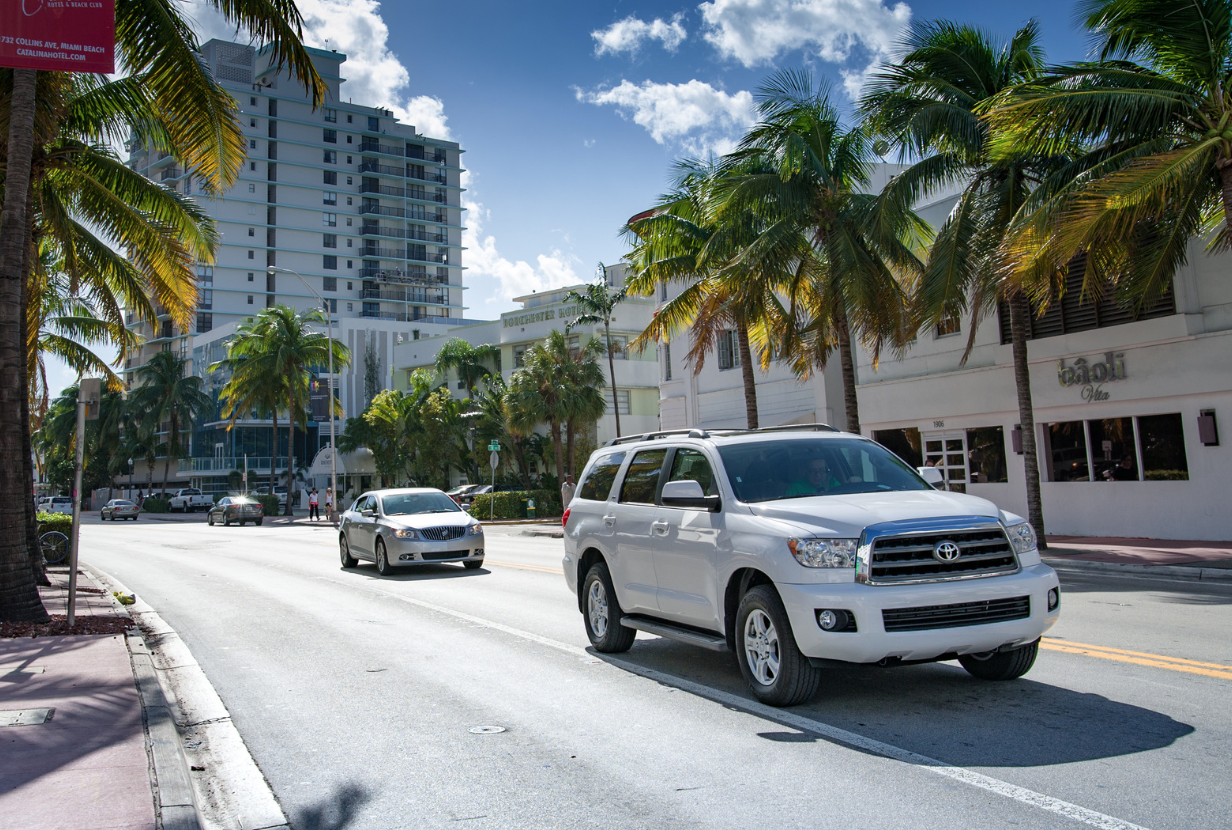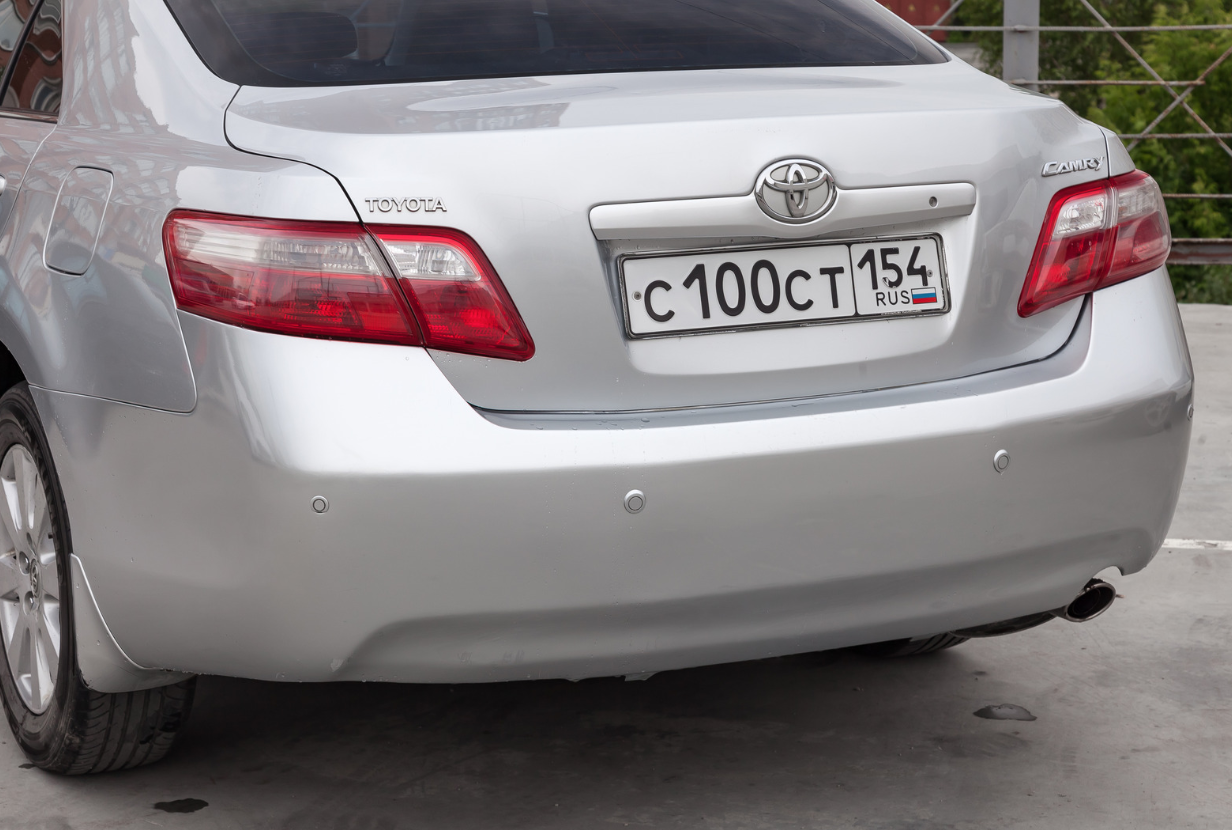As the world faces increasing environmental challenges, the need for more sustainable solutions in every aspect of life, especially transportation, has never been more urgent. Transportation accounts for a significant portion of global greenhouse gas emissions, and the call for eco-friendly mobility has reached new heights. Toyota, a pioneer in hybrid technology, has been leading the charge in sustainable mobility for over two decades. With a commitment to creating a greener tomorrow, Toyota’s hybrid vehicles are at the forefront of the automotive industry’s transition to cleaner energy.
The Birth of Hybrid Technology: A Game-Changer
In 1997, Toyota revolutionized the automotive industry with the launch of the Prius, the world’s first mass-produced hybrid vehicle. At a time when the idea of combining an internal combustion engine with an electric motor seemed futuristic, Toyota made it a reality. The Prius became a symbol of innovation, and with it, Toyota kickstarted the movement toward sustainable mobility.
Toyota’s hybrid system seamlessly blends gasoline and electric power, offering improved fuel efficiency and lower emissions compared to traditional gasoline-powered vehicles. This hybrid technology marked a pivotal shift toward reducing the environmental impact of driving, and it laid the groundwork for the widespread adoption of hybrid and electric vehicles we see today.
How Toyota’s Hybrid Technology Works
Toyota’s hybrid technology, often referred to as Hybrid Synergy Drive, operates by combining an internal combustion engine with an electric motor. This system allows the vehicle to switch between power sources depending on driving conditions, or use both simultaneously for enhanced performance.
Here’s how it works:
- Electric Drive: At low speeds, the vehicle runs on electric power alone, offering quiet and emissions-free driving. This is especially beneficial in urban settings where stop-and-go traffic is common.
- Regenerative Braking: When the driver brakes, the system recaptures energy that would normally be lost as heat and uses it to recharge the battery.
- Combined Power: During acceleration or high-speed driving, both the electric motor and gasoline engine work together to provide efficient power, reducing fuel consumption.
- Seamless Transition: Toyota’s hybrid system automatically switches between the gasoline engine and electric motor, optimizing fuel efficiency and ensuring a smooth driving experience.
By reducing reliance on gasoline and harnessing energy from braking and deceleration, Toyota’s hybrid technology dramatically improves fuel efficiency and minimizes emissions. This innovation plays a crucial role in addressing the global challenge of reducing greenhouse gases.
Environmental Impact: Reducing Emissions, Saving Resources
One of the biggest advantages of Toyota’s hybrid technology is its significant reduction of CO2 emissions. Toyota’s hybrid vehicles produce far less carbon dioxide than their traditional gasoline counterparts, contributing to cleaner air and a smaller carbon footprint. Since the introduction of the Prius, Toyota has sold more than 20 million hybrid vehicles worldwide, preventing an estimated 162 million tons of CO2 from entering the atmosphere.
Beyond cutting emissions, Toyota hybrids also conserve natural resources. With reduced fuel consumption, hybrid vehicles lower the demand for fossil fuels, making them a critical component of global efforts to move toward a more sustainable energy future.
Expanding the Hybrid Lineup: More Choices for Drivers
Building on the success of the Prius, Toyota has expanded its hybrid lineup to include a wide range of models, ensuring that environmentally conscious drivers have options that meet their diverse needs. From compact sedans like the Corolla Hybrid to versatile SUVs like the RAV4 Hybrid and luxury vehicles like the Lexus RX Hybrid, Toyota’s hybrid technology is now available in many of its best-selling models.
This variety allows more drivers to make eco-friendly choices without compromising on style, performance, or comfort. Whether you need a family-friendly SUV or a fuel-efficient commuter car, Toyota’s hybrid lineup offers a solution for everyone, all while maintaining a commitment to sustainability.
The Next Step: Plug-in Hybrids and Beyond
As Toyota continues to innovate, the next evolution of hybrid technology has arrived in the form of plug-in hybrid electric vehicles (PHEVs). Toyota’s Prius Prime and RAV4 Prime represent the future of sustainable driving, combining the benefits of hybrid technology with the added capability of all-electric driving for extended distances.
Plug-in hybrids can be charged from an external power source, allowing drivers to travel on electric power alone for longer trips without using gasoline. Once the battery is depleted, the vehicle seamlessly transitions to hybrid mode, ensuring maximum efficiency. This flexibility gives drivers the freedom to enjoy emissions-free driving for short commutes while having the security of gasoline power for longer journeys.
Toyota’s Environmental Challenge 2050
Toyota’s commitment to sustainability extends far beyond just selling hybrid vehicles. The company’s Environmental Challenge 2050 sets ambitious goals for reducing the environmental impact of its entire operation, aiming for net-zero CO2 emissions by 2050. This includes not only emissions from vehicles but also from manufacturing processes, supply chains, and the entire vehicle lifecycle.
Toyota’s hybrid technology plays a critical role in achieving these goals, serving as a bridge toward a future of fully electrified and hydrogen-powered vehicles. By 2030, Toyota aims to have 70% of its global vehicle sales come from electrified models, further driving down emissions and promoting sustainable mobility.
A Greener Tomorrow Starts Today
As we look to the future, the need for sustainable mobility solutions becomes more urgent with each passing day. Toyota’s hybrid technology represents a practical, scalable solution for reducing emissions and conserving resources today, while also paving the way for the electrified and hydrogen-powered vehicles of tomorrow.
By making hybrid technology accessible to a global audience, Toyota has not only changed the automotive industry but also contributed to the broader effort of combating climate change. As the company continues to innovate and expand its hybrid lineup, it remains a leader in shaping a greener, more sustainable tomorrow.
Conclusion
Toyota’s hybrid technology is more than just an innovative engineering feat—it’s a critical step in the global push for sustainable mobility. By combining gasoline and electric power to reduce emissions and improve fuel efficiency, Toyota hybrids are driving us toward a future where transportation is cleaner, greener, and more responsible. Whether through expanding its hybrid offerings or leading the charge with plug-in hybrids, Toyota is proving that sustainability and performance can go hand in hand.




